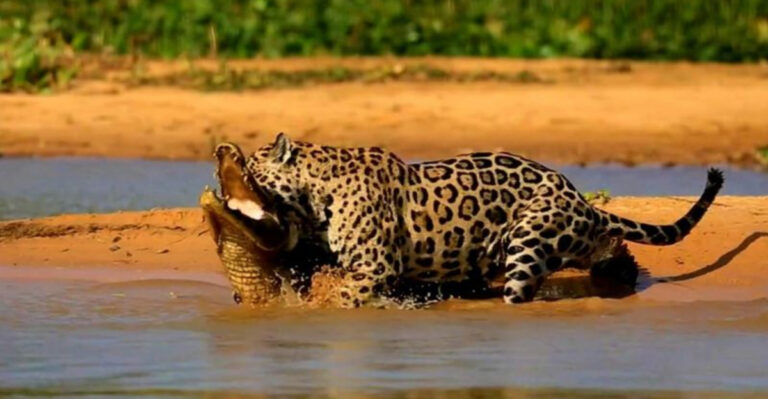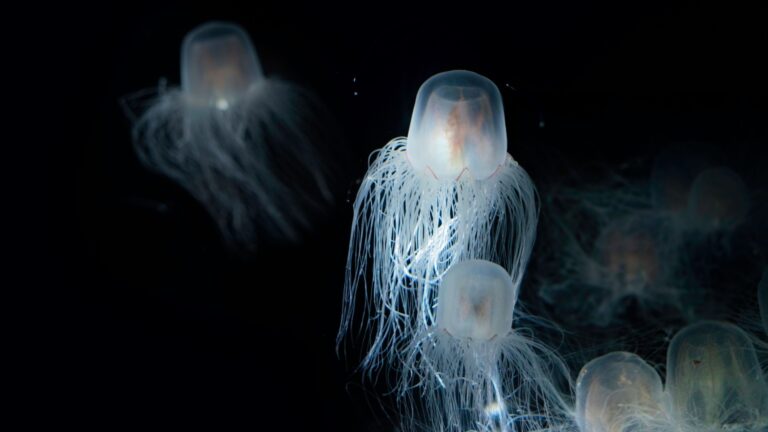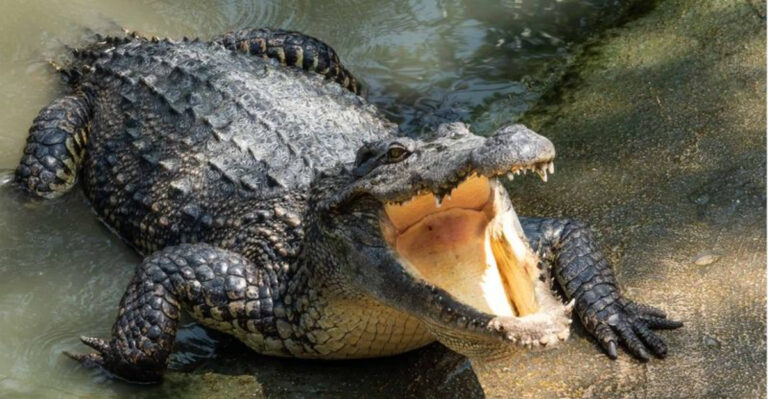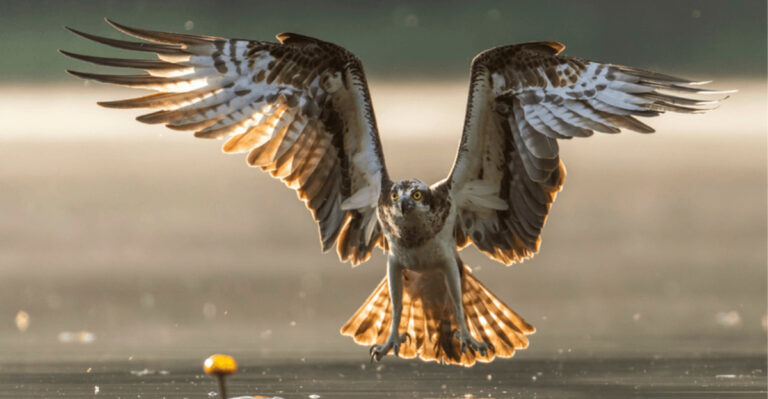8 Butterflies That Could Easily Be Mistaken For Monarchs
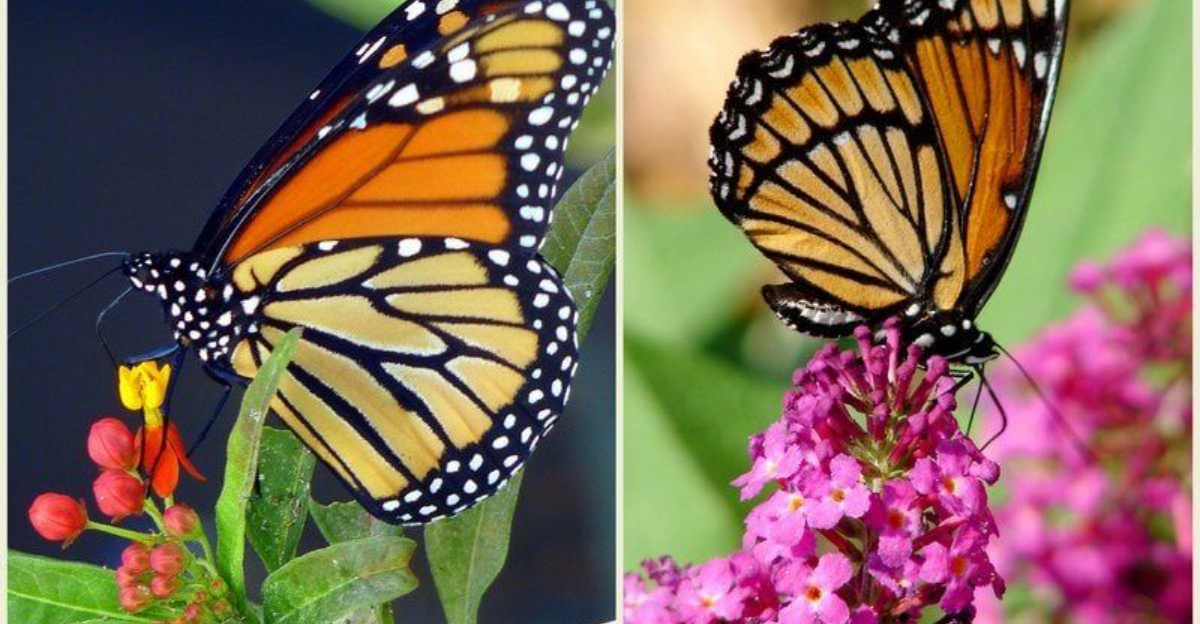
Monarch butterflies are famous for their striking orange and black wings, but they’re not the only butterflies sporting this eye-catching color combination.
In fact, several butterfly species share similar patterns and colors, making identification tricky for casual observers.
These lookalikes aren’t just coincidental doppelgängers – many have evolved to mimic Monarchs to benefit from their toxic reputation among predators.
1. Viceroy Butterfly: The Monarch’s Most Famous Impostor
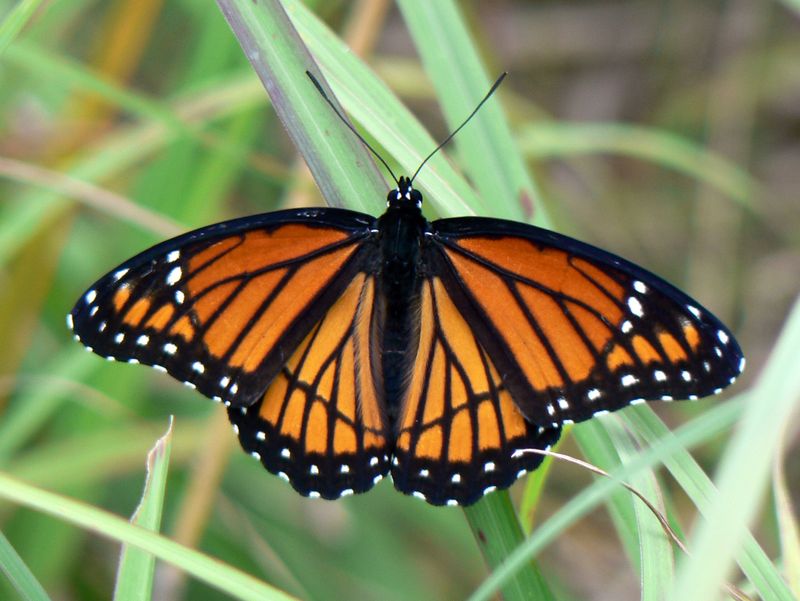
The Viceroy pulls off nature’s most successful con job with wings that mirror the Monarch’s distinctive orange and black pattern. This remarkable mimicry evolved as a survival strategy – predators avoid Monarchs because they’re toxic after feeding on milkweed.
Though slightly smaller with an extra black line across its hindwings, the Viceroy benefits from this disguise without having to eat poisonous plants itself.
2. Queen Butterfly: Almost Identical, But Not Quite

Floating through southern states and tropical regions, Queen butterflies share the Monarch’s royal color scheme but with a deeper mahogany-orange hue. Their wings lack the bold black veining that makes Monarchs so distinctive.
Queens prefer the same milkweed plants as Monarchs, making them equally unappetizing to predators. Watch for their darker coloration and white spots scattered across their wings to tell them apart.
3. Painted Lady Butterfly: A Distant Relative Of The Monarch
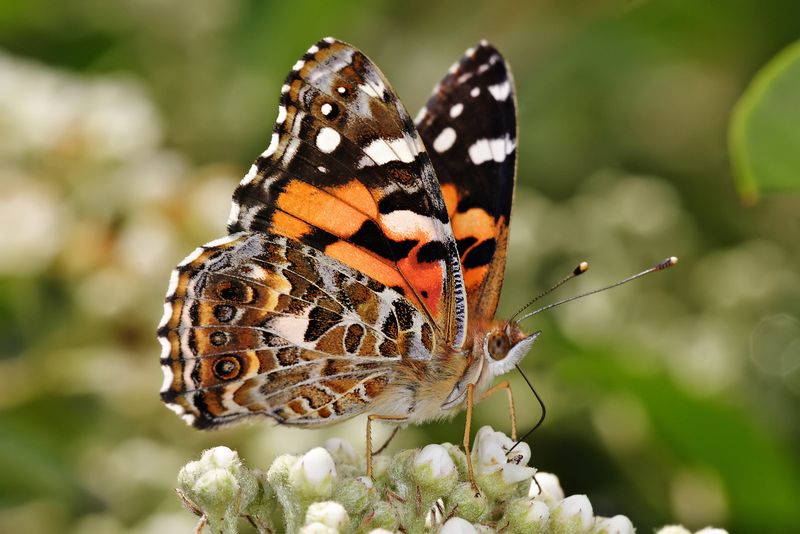
Known as the world’s most widespread butterfly, Painted Ladies flash orange-brown wings that might confuse novice butterfly watchers. Unlike Monarchs, their wings feature intricate black, white, and brown patterns resembling a complex mosaic.
Their undersides display beautiful circular eyespots that Monarchs don’t possess. Found on every continent except Antarctica, these globetrotters undertake impressive migrations rivaling their royal lookalikes.
4. Red Admiral Butterfly: A Lesser-Known Lookalike

With a flash of vibrant red-orange bands across dark wings, Red Admirals create momentary confusion for Monarch-seekers. Their smaller size and distinctive red bands – not solid orange wings – set them apart upon closer inspection.
These social butterflies often return to the same perch after territorial flights. Admirals prefer nettles over milkweed and sport white spots near their wingtips that Monarchs never have.
5. Common Buckeye Butterfly: A Surprising Monarch Mimic
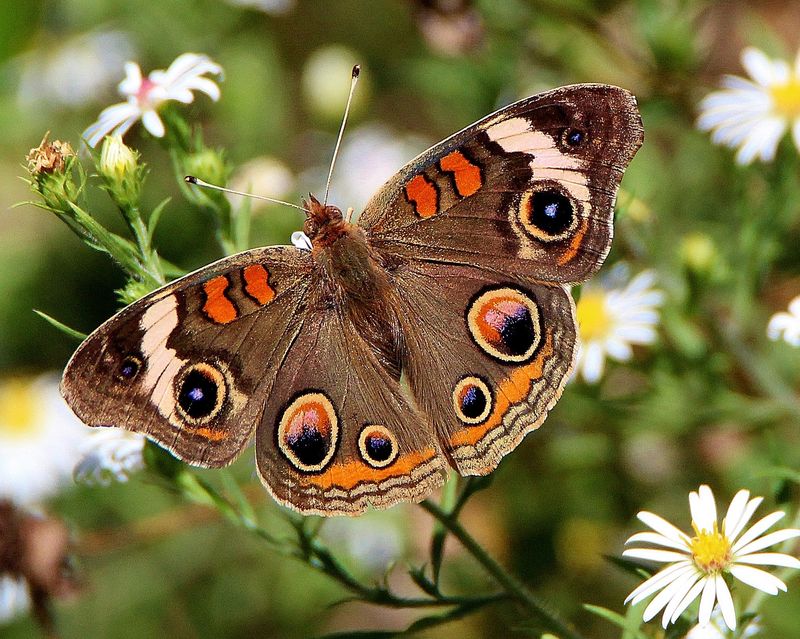
Buckeyes might fool you with their orange patches and similar size to Monarchs, but their most striking feature gives them away – large, iridescent eyespots resembling peacock feathers. These mesmerizing circles serve as defensive weapons, startling predators with their sudden display.
Unlike Monarchs’ predominantly orange wings, Buckeyes showcase a complex pattern of brown, orange, and cream. Their erratic, low flight pattern differs from the Monarch’s graceful glide.
6. Black Swallowtail Butterfly: Monarch-Like But Different

Female Black Swallowtails might trigger Monarch misidentifications with their black wings adorned with orange spots. The confusion typically happens when glimpsed briefly in flight or from a distance.
Look closer and you’ll notice their distinctive forked “tails” extending from their hindwings – a feature Monarchs lack entirely. Their caterpillars feed on parsley and dill rather than milkweed, creating a completely different life cycle.
7. Swallowtail Butterflies: The Lookalikes With A Flare
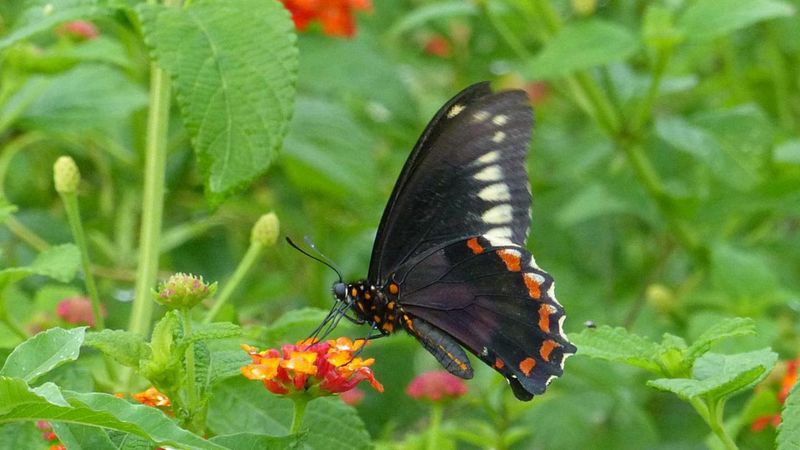
Several swallowtail species flash Monarch-esque orange hues that cause double-takes among butterfly enthusiasts. The Polydamas Swallowtail showcases yellow-orange spots on velvety black wings that can appear Monarch-like in certain light.
Their namesake tail extensions – elegant projections from their hindwings – instantly distinguish them from Monarchs. Many swallowtails perform a unique defensive behavior: when threatened, they emit a foul-smelling chemical from special glands.
8. Tailed Orange Butterfly: A Tropical Monarch Lookalike
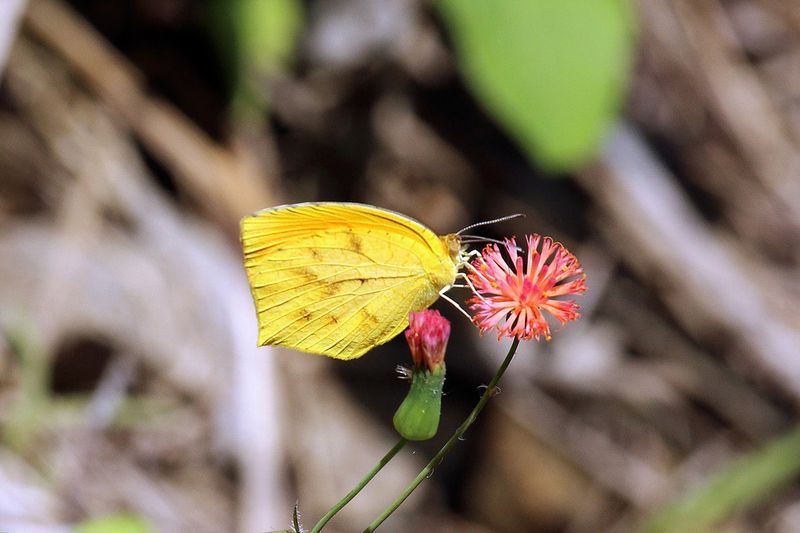
Fluttering through tropical regions, the Tailed Orange sports vibrant orange wings that create momentary Monarch confusion. At roughly half the size of a Monarch, this petite beauty reveals its true identity upon closer inspection.
Its most distinctive feature – a small, delicate tail projection on each hindwing – is completely absent in Monarchs. These butterflies prefer legume plants for their caterpillars, creating a different ecological niche from milkweed-dependent Monarchs.

